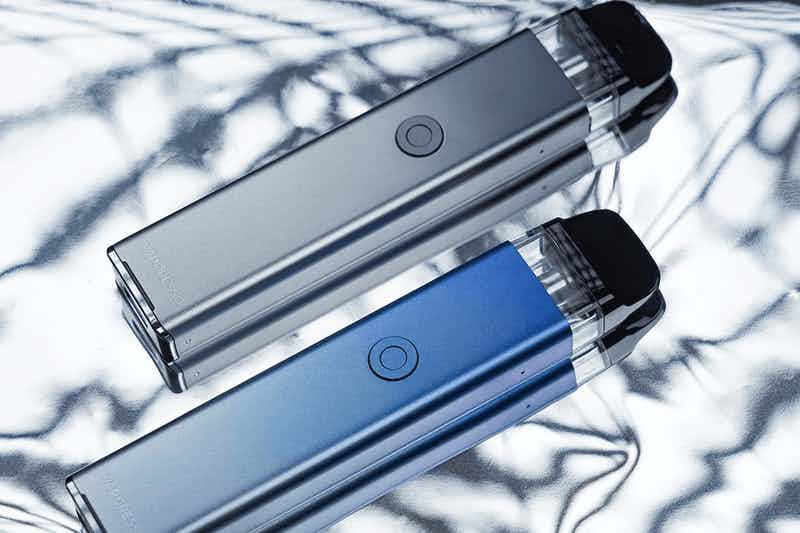Introduction to Disposable Vapes
Disposable vapes have surged in popularity over the past few years, especially among those looking for a convenient, user-friendly alternative to traditional smoking. These devices are pre-filled with e-liquid and are designed for single-use, eliminating the need for refilling the tank or replacing coils. However, one common issue that many users encounter is the phenomenon of disposable vapes burning out before the manufacturer-indicated number of puffs. This article will examine the specifications, advantages, disadvantages, and target user demographic of these devices, particularly as we look toward the innovations expected in 2025.
Product Specifications and Dimensions
The specifications of disposable vapes can vary significantly depending on the manufacturer and model, but many share common characteristics. Typically, these devices are lightweight and portable, making them easy to carry for users on the go. For example, popular models may measure about 4-5 inches in height and 0.75 inches in diameter, making them compact enough to fit comfortably in a pocket or purse.

Most disposable vapes come pre-filled with around 2 to 6 mL of e-liquid, which can contain varying concentrations of nicotine, often ranging from 0 mg to 50 mg per mL. The battery life is a crucial aspect, as many disposable devices feature a capacity between 300 to 1000 mAh, which contributes to the potential number of puffs one can get from a device, typically advertised between 200 to 3000 puffs. The variety in flavors available further adds to the appeal, as users can choose from an array of offerings ranging from fruit to mint to dessert flavors.
Advantages of Disposable Vapes
One of the defining advantages of disposable vapes is their convenience. They are ready to use out of the box, requiring no assembly or setup. This ease of use is particularly beneficial for beginners who may feel intimidated by more complex vaping systems. Additionally, disposables do not require ongoing maintenance, appealing to users who prefer to avoid the hassle associated with traditional vaping setups.
Another significant benefit is portability. The compact size of these devices allows users to carry them discreetly, making them ideal for social situations or travel. Moreover, disposable vapes often have a range of flavor options, providing a personalized experience that can cater to individual preferences, enhancing overall user satisfaction.
Disadvantages of Disposable Vapes
Despite their popularity, disposable vapes do come with several disadvantages. One of the most significant issues is the inconsistency in performance—many users report that their devices burned out before reaching the indicated number of puffs. This discrepancy can stem from various factors including manufacturing flaws, battery malfunctions, or even depletion of e-liquid that can occur if users draw too aggressively.
Furthermore, from an environmental perspective, disposable vapes contribute to electronic waste, raising concerns about their sustainability. The non-reusable nature of these devices means they typically end up in landfills, posing potential environmental hazards due to the materials used in their construction.
Lastly, while disposable vapes are convenient, they often represent a higher cost over time compared to refillable devices. Regular users may find that the cumulative expense of purchasing disposables outweighs the initial investment in a more durable, reusable system.
Target User Demographic
Disposable vapes particularly appeal to certain demographic groups. Primarily, these devices attract younger adults and teenagers, many of whom are seeking alternatives to traditional cigarettes. The ease of use and attractive flavor options may entice new users who are curious about vaping but may find the learning curve of traditional vaping systems daunting.
Additionally, disposable vapes are beneficial for occasional users or those looking to transition away from smoking. Their disposable nature allows users to try different flavors without a significant commitment, making them appealing to those who might be exploring vaping as a long-term alternative to smoking.
Moreover, new smokers may find disposable vapes advantageous as they typically offer a higher nicotine concentration, providing a quick and satisfying experience that can mimic the effects of traditional cigarettes.
Conclusion
As the vaping industry continues to evolve, disposable vapes remain a popular choice among users for their convenience and variety. While issues like premature burnout can detract from the overall experience, understanding the specifications, advantages, and disadvantages of these devices can help users make informed choices. As we approach 2025, innovations in disposable vape technology may address many of today’s concerns, making these devices a sustainable option for both new and experienced vapers alike.




